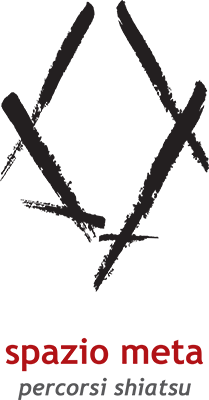The origins of Shiatsu
The origins of Shiatsu (shi = finger and atsu = pressure) have their roots in Traditional Chinese Medicine and manual practices (such as the ancient Tui Na massage), which were practiced in China already in the period that it goes from 2500 to 3000 BC.
In about the 7th century, this baggage was imported to Japan by Buddhist monks and was translated and decoded, between 1910 and 1920, into what we now call Shiatsu. What has been adopted and developed by these cultures in the West is the consideration of the individual as a whole body-mind or rather: a single system that contains body, thought and emotion. For this reason, the origin of bodily disorders is sought in the energy disharmonies that our organism highlights, considering the individual as a complex and multi-level whole, in which layer by layer we tend to accumulate imbalances that in the long run can strongly discriminate quality. of our well-being.
Currently there are several methods of Shiatsu, among the main ones is the one developed by Shizuto Masunaga: Zen Shiatsu. Master Masunaga, founder of the Iokai Shiatsu Center, as a scholar of Traditional Chinese and Japanese Medicine as well as a psychologist, made an invaluable contribution to this discipline, integrating it with the knowledge of Western physiology, extending the network of meridians (with the definition of a new map ) and defining a therapeutic method based on simultaneous evaluation with treatment. On a practical level, it is mainly characterized by the simultaneous use of both hands, the pressure brought only by the modulated weight of the operator’s body and the use of harmonious energy sequences of practice.
The starting point of Shiatsu that I practice in my studio is therefore that of M° Masunaga, further enriched and integrated by the insights of M° Zagato, elaborated in more than 40 years of experience in the field.
The shiatsu I practice is a simple manual technique – but not easy for this – which is based on pressures delivered to the recipient in a appropriate way, following certain rules, with the intention of stimulating the circulation of vital energy. According to the cultural basis of Shiatsu, including Taoism and Traditional Chinese Medicine (TCM), this energy is considered to be everywhere, in the outside world as well as in our body and that the disharmonies that we feel as ailments or as diseases have as their origin an “obstruction” in the regular flow of this energy. According to this theory, our life energy is found in every point and in every cell of the body, but it also follows preferential routes which are called energy channels or meridians; the Shiatsu technique aims to stimulate this energy also along these channels, influencing in the best way the energy flow, respecting the different rhythms and times of each of us.
